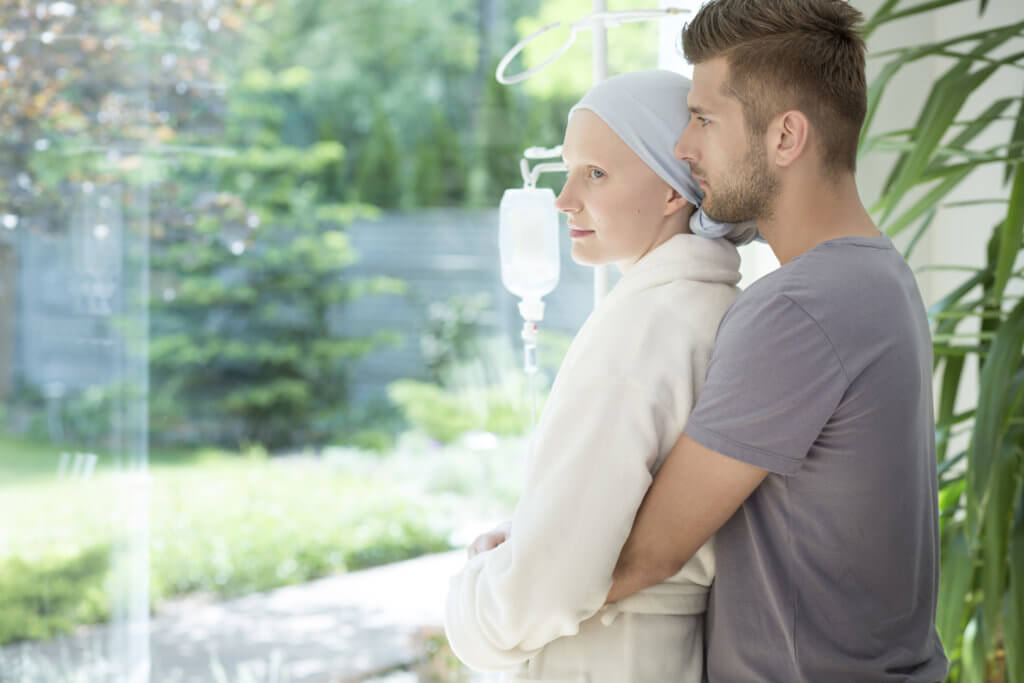OXFORD, United Kingdom — A cancer diagnosis can be scary and life-changing for anybody. However, a new study offers some good news for women diagnosed with early breast cancer — survivors can still expect to live a long and fulfilling life. Findings show that the average risk of dying from breast cancer five years post-diagnosis has dropped from 14 percent to just five percent since the 1990s. In fact, more than six in 10 women diagnosed between 2010 and 2015 had a five-year risk of three percent or less.
Around the world, over two million women receive an early diagnosis of breast cancer each year. Despite doctors knowing that the risk of dying from cancer has been going down over the last few decades, the extent to which those numbers have been falling was previously unknown. Moreover, it wasn’t clear if the decrease was applicable to women with certain characteristics or not.
To answer these questions, researchers used data from the National Cancer Registration and Analysis Service to investigate the long-term risks of dying from breast cancer after an early diagnosis. The data included 512,447 women registered in the United Kingdom with early breast cancer as their first cancer from January 1993 to December 2015. These women were also first treated with surgery.
Annual breast cancer death rates and cumulative five-year risks were estimated by including the time since diagnosis, calendar period of diagnosis, and factors including age, whether the cancer was detected by screening, lymph node involvement, and tumor size and grade. Researchers followed each of the women until December 2020.
Results show the annual breast cancer mortality rate of women diagnosed was highest during the five-year post-diagnosis period but declined after. Cumulative five-year breast cancer mortality risk was on average 14.4 percent for women diagnosed between 1993 and 1999, but this fell significantly to 4.9 percent between 2010 and 2015.

Taking a closer look at the women diagnosed between 2010 and 2015, the researchers found that the cumulative five-year breast cancer mortality risk varied a lot between women with different characteristics. Patient age, if the cancer was detected via screening, if the cancer had certain receptors, size, grade, and number of lymph nodes all played a key role. For nearly 63 percent of women, their risk of death was under three percent. However, for almost five percent of these women, the risk was over 20 percent.
Given the observational nature of this study, the team recognizes that they cannot establish a definitive cause for the difference in survival rates. There are also other limitations such as having no available data on cancer recurrence, and only focusing on women who received surgical intervention initially. Despite this, the team agrees that the work provides an accurate picture of breast cancer mortality in its early stages of diagnosis.
The researchers say that the work can “provide patients with early breast cancer, and the clinicians who treat them, with estimates of their likely prognosis based on up-to-date data.”
“Our study is good news for the great majority of women diagnosed with early breast cancer today because their prognosis has improved so much. Most of them can expect to become long-term cancer survivors,” the team from the University of Oxford concludes in a media release.
The findings are published in the journal The BMJ.
You might also be interested in:
- Artificial intelligence 25% better than other tools at predicting breast cancer risk
- Breast cancer ‘time bomb’ can wake up years later to form incurable tumors
- Tiny implant cures mice of breast cancer in just 2 weeks, study says

